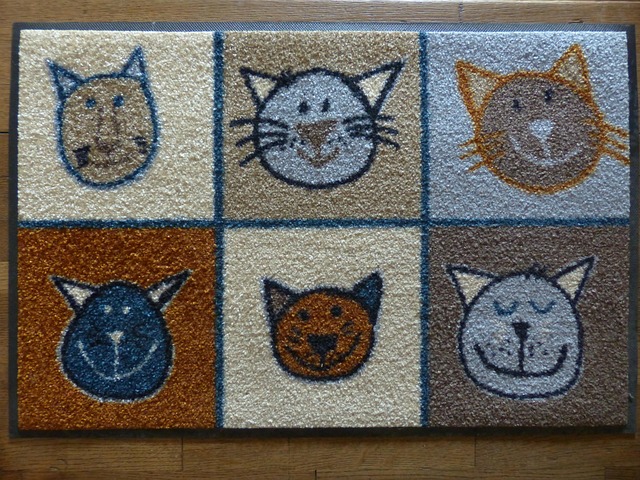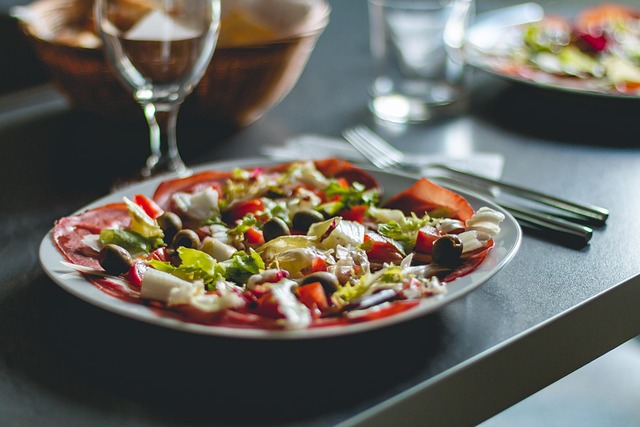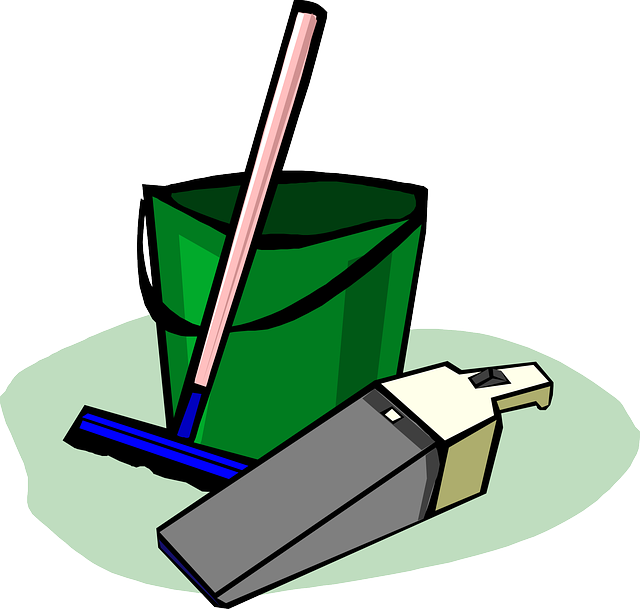Understanding and maintaining your kitchen tile surface is key to effective cleaning and longevity. Different types require distinct care: regular pH-neutral mopping prevents damage from harsh chemicals. Glazed tiles need gentle techniques, while unglazed tiles demand extra care to avoid water damage. A balanced cleaning regimen includes daily sweeping, weekly deep cleaning with mild detergents, and prompt spill cleanup. Avoid bleach and use microfibre mops. Seal tiles regularly to protect against moisture and stains. Maintain grout through regular cleaning and toothbrush scrubbing. Restore tiles with a dedicated restoration process. Daily vacuuming, spot cleaning, and slightly acidic cleaners for grease buildup are essential. Professional help is recommended for intricate patterns or unique materials.
Keeping your kitchen tiles in pristine condition is easier than you think. This comprehensive guide unveils the secrets to high-quality kitchen tile care, from understanding your surface to mastering regular cleaning routines. We’ll walk you through effective cleaning products, stain removal, sealing techniques, and addressing common issues. Learn tips for maintenance between deep cleans and know when to seek professional help for a sparkling kitchen floor.
Understanding Your Kitchen Tile Surface

Understanding your kitchen tile surface is the first step in achieving high-quality care. Different types of tiles, such as ceramic, porcelain, or natural stone, require specific cleaning and maintenance routines. Kitchen floor cleaning involves addressing not just the visible dirt but also the porous nature of many tiles, which can trap moisture and grime. Regular mopping with a pH-neutral cleaner is essential to prevent damage caused by harsh chemicals.
Identifying the tile finish—glazed or unglazed—is crucial as well. Glazed tiles have a protective layer that makes them more durable but also requires gentler cleaning methods to avoid scratching. Unglazed tiles, while offering a natural look, demand extra care to prevent water damage and staining due to their porous structure. Knowing your kitchen tile surface allows for tailored cleaning practices, ensuring longevity and maintaining the aesthetic appeal of your tiles.
Regular Cleaning Routines for Optimal Results

Maintaining the sparkle and longevity of your kitchen tiles starts with a solid cleaning routine. Daily sweeping is non-negotiable to prevent dirt and debris from settling, especially in high-traffic areas. For deeper cleaning, a mild detergent or stone-specific cleaner should be used once a week to effectively remove stubborn stains without damaging the tile’s finish. Avoid harsh chemicals which can erode the grout and tile surface over time.
When it comes to kitchen floor cleaning, a balanced approach is key. Wet mopping with warm water and a suitable cleaner once or twice a week helps to keep the tiles looking fresh. Remember to wipe up spills immediately to prevent staining, and consider using a steam mop for extra deep cleaning sessions to kill bacteria and leave your floors gleaming.
Effective Cleaning Products and Tools

Maintaining your kitchen floor tiles involves using the right cleaning products and tools. Opt for pH-neutral cleaners to prevent damage, especially when dealing with natural stone or porcelain tiles. These gentle yet effective solutions won’t dissolve the tile’s surface or etch over time. Avoid harsh chemicals like bleach, which can leave streaks and residues, damaging your tiles’ finish.
Invest in microfibre mops and cloths designed for kitchen floors as they trap dirt and debris effectively without scratching surfaces. For more stubborn stains, use a soft-bristled brush to gently scrub away residue. Regularly vacuuming or sweeping helps remove loose grime, preventing it from embedding deep into the pores of your tiles. Remember, effective kitchen floor cleaning is about using the right tools and products for the job while maintaining the health and longevity of your tile surfaces.
Removing Stains and Discolorations

Stain and discolouration removal is a crucial step in maintaining the aesthetics and longevity of your kitchen tiles. Regular kitchen floor cleaning is essential to prevent ingrained dirt and stains from becoming difficult-to-remove marks. Begin by identifying the type of stain, as different approaches are required for various substances. For example, grease or oil stains may need a mild detergent and warm water solution, while wine, coffee, or fruit juice stains often respond better to a mixture of baking soda and vinegar.
Scrubbing gently with a soft-bristled brush or sponge is recommended, avoiding harsh scrapes that could damage the tile surface. For tougher stains, consider using a commercial tile cleaner designed for kitchen floor cleaning. Always test any cleaning solution in an inconspicuous area first to ensure it doesn’t cause discolouration. Rinse thoroughly after cleaning and dry with a microfiber cloth to prevent water spots from appearing.
Sealing and Protecting Your Tiles

Regular sealing is an essential step in maintaining the beauty and longevity of your kitchen tiles. Over time, even waterproof tiles can absorb liquids, leading to stains or damage. A good quality tile sealer will create a protective barrier, preventing moisture from penetrating the tile’s surface. This simple process should be done at least once a year, or more frequently if your kitchen floor cleaning routine involves heavy duty chemicals or frequent spills.
When choosing a sealer, opt for one specifically designed for kitchen floors, which can withstand high traffic and exposure to various substances like oils, vinegar, and common cleaning products. Follow the manufacturer’s instructions carefully when applying the sealer. Proper application ensures even coverage, maximizing protection and enhancing your tiles’ natural glow.
Addressing Common Tile Issues

Kitchen floor tiles are prone to various issues over time, from staining and buildup to grout damage. Regular cleaning is key to maintaining their aesthetic appeal and longevity. For stained tiles, a mixture of warm water and mild detergent is effective for removing surface dirt and grime. More stubborn stains may require specialized cleaners or natural solutions like baking soda paste.
Grout, the material between tiles, can also become discolored or damaged. Regular grouting using a toothbrush helps prevent mold and mildew growth. For deep cleaning, a vacuum with a brush attachment followed by a mild grout cleaner can restore its original appearance. Addressing these common tile issues promptly ensures your kitchen floor remains not only clean but also looks as good as new.
Restoring Old or Damaged Tiles

Restoring old or damaged kitchen tiles is a great way to revive the look and longevity of your space. Over time, tiles can sustain wear and tear from heavy foot traffic, spilled liquids, and exposure to harsh cleaning chemicals. This can leave them looking dull, chipped, or discolored. However, with some simple steps, you can easily restore their original beauty.
Start by removing any loose debris or grout using a soft-bristled brush or vacuum. Next, mix a mild detergent with warm water and use this solution to gently clean the tiles, paying close attention to stained or damaged areas. For more stubborn stains, consider using a tile-specific cleaning agent. Once cleaned, rinse thoroughly with a damp mop to eliminate any soap residue. After drying, fill in any chips or cracks with a suitable tile repair compound, ensuring a seamless finish. Finally, reseal the tiles with a high-quality grout sealer to protect against future damage and maintain their sparkling appearance for years to come, enhancing your kitchen floor cleaning regimen.
Tips for Maintenance Between Deep Cleans

Regular maintenance between deep cleans is key to keeping your kitchen tiles in top condition. Start with vacuuming or sweeping daily to remove loose dirt and debris, focusing on corners and under furniture where dust tends to accumulate. This prevents grit from damaging your tiles and grout during deeper cleaning sessions.
Additionally, use a mild detergent and warm water to spot clean any stained areas promptly. Avoid harsh chemicals which can erode tile finishes. For kitchen floor cleaning, consider using a slightly acidic cleaner to effectively tackle grease and grime buildup, especially in high-traffic areas. Regular mopping will help maintain the cleanliness and longevity of your tiles, ensuring they remain sparkling and free from unwanted marks.
Professional Help: When to Consider an Expert

When it comes to maintaining the beauty and longevity of your kitchen tiles, knowing when to seek professional help can make all the difference. While regular cleaning and maintenance routines are essential, there may be instances where specialized knowledge and equipment are required. This is especially true for more intricate tile patterns or unique materials that demand specific care.
Consider hiring a professional cleaner or tiling expert for deep kitchen floor cleaning, especially if you’ve invested in high-end tiles or have an unusual layout. They possess the tools and expertise to handle tough stains, grout restoration, and sealing, ensuring your tiles remain in pristine condition. An expert can also offer valuable advice on long-term care, helping you maintain a gleaming kitchen tile surface for years to come.
